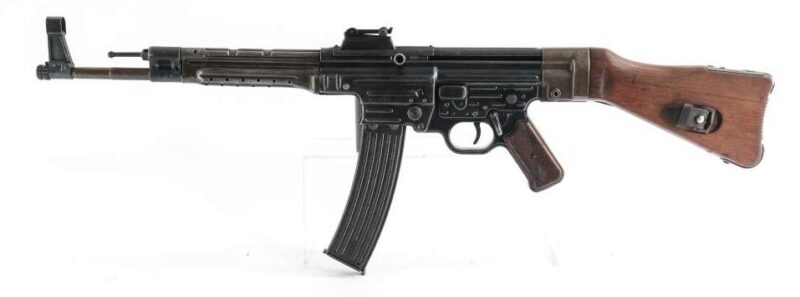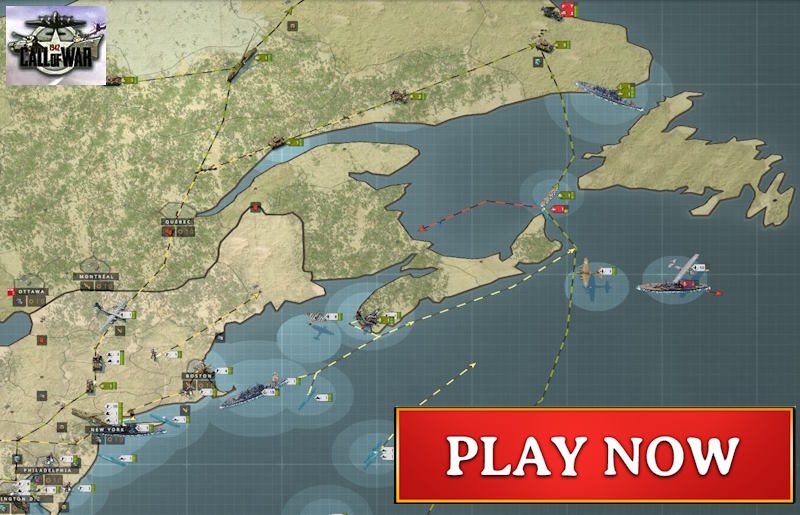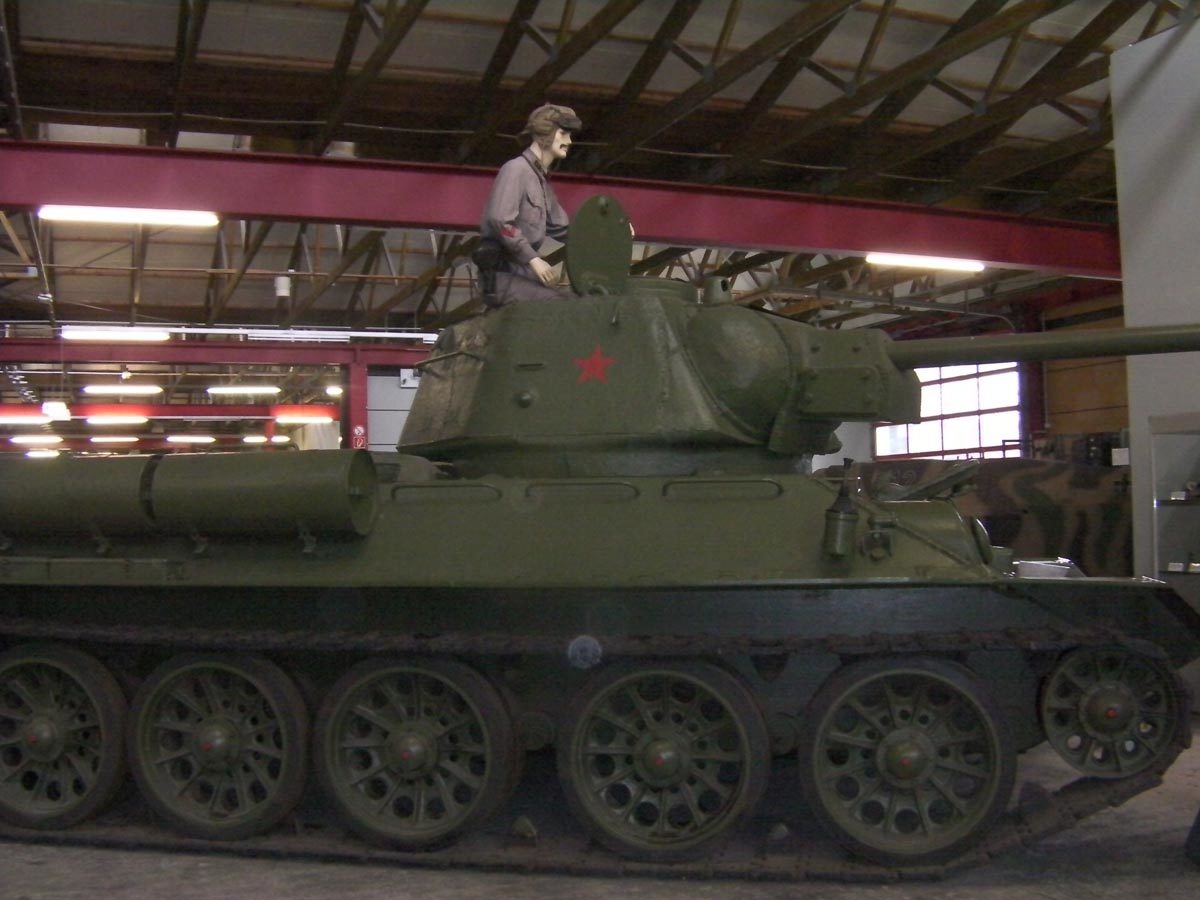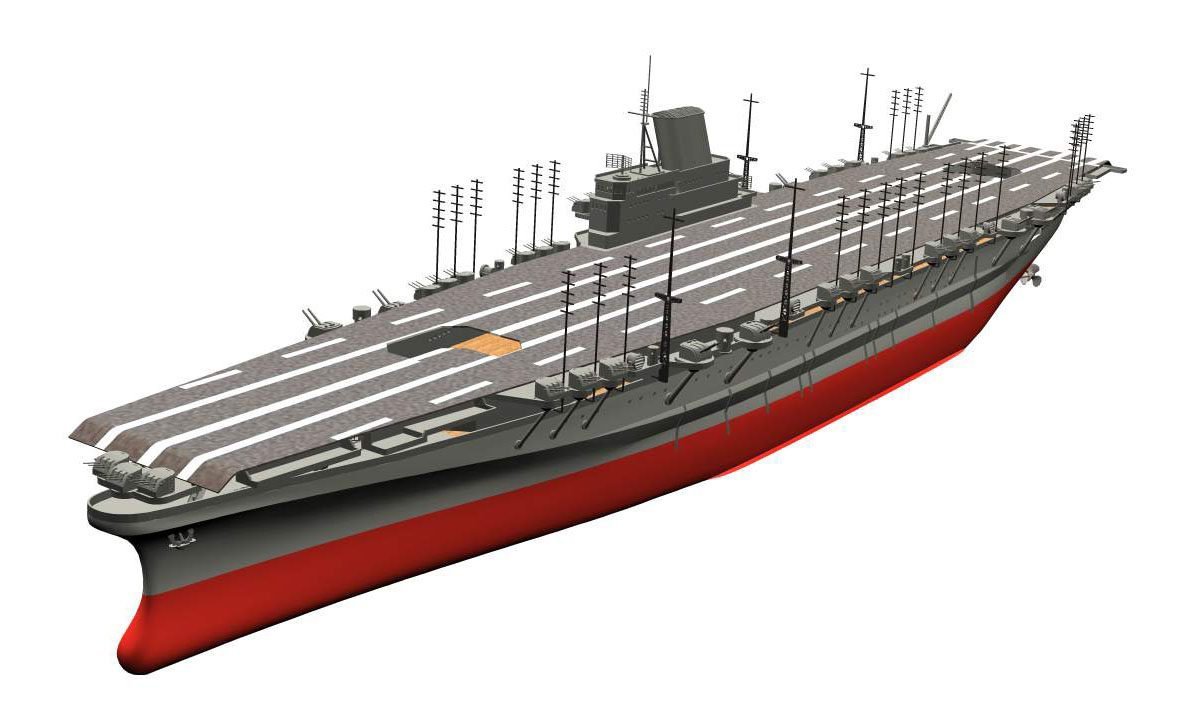The StG 44 (Sturmgewehr 44): The World’s First Assault Rifle.

Table of Contents
The StG 44 (Sturmgewehr 44) was a revolutionary firearm developed by Nazi Germany during World War II. It is widely regarded as the first true assault rifle, setting the standard for modern military firearms. With its intermediate cartridge, selective fire capability, and practical design, the StG 44 bridged the gap between traditional rifles and submachine guns, influencing the development of later iconic weapons such as the AK-47.
Chesapeake Gunslinger recognizes the historical significance of the StG 44 and its impact on modern firearm engineering. This legendary weapon paved the way for the evolution of assault rifles, shaping the future of military and civilian firearms alike.
Origins and Development
Before the development of the StG 44, soldiers were typically armed with bolt-action rifles such as the Karabiner 98k, which offered excellent range and accuracy but were slow to fire. On the other hand, submachine guns like the MP40 provided rapid fire but lacked range and stopping power. The German military sought a weapon that combined the advantages of both: a rifle that could fire in both semi-automatic and fully automatic modes while using an intermediate cartridge for controllable recoil and effective range.
In the early 1940s, German arms designers, led by Hugo Schmeisser at C.G. Haenel, began developing what was initially designated as the MP 43 (Maschinenpistole 43). It was later improved and rebranded as the StG 44 to emphasize its role as a “storm rifle” (Sturmgewehr), a term reportedly approved by Adolf Hitler himself.
Design and Features
The StG 44 introduced several features that became hallmarks of modern assault rifles:
- Intermediate Cartridge (7.92×33mm Kurz): Unlike full-power rifle cartridges, the 7.92×33mm Kurz round provided a balance of power, range, and recoil control, making the weapon easier to handle in combat.
- Selective Fire: The rifle had a switch allowing soldiers to toggle between semi-automatic and fully automatic fire, providing adaptability for different combat scenarios.
- Detachable Magazine: The 30-round box magazine allowed for sustained fire without frequent reloading.
- Stamped Metal Construction: To speed up production and reduce costs, many parts of the StG 44 were made using stamped steel rather than traditional machined components.
- Ergonomic Design: The rifle was designed to be more compact and manageable than a traditional battle rifle, allowing for better maneuverability in urban and close-quarters combat.
Performance on the Battlefield
The StG 44 saw limited but impactful use during World War II, particularly on the Eastern Front. German soldiers equipped with the rifle found it highly effective, as it provided superior firepower compared to the standard Kar98k bolt-action rifle and greater range than submachine guns. In engagements against Soviet forces, the StG 44 allowed German troops to engage at medium distances with increased firepower, offering a significant tactical advantage.
However, logistical issues and material shortages hindered mass production. While over 425,000 units were produced by the war’s end, they were not enough to significantly alter Germany’s overall war effort. Despite its late introduction, the StG 44 demonstrated the potential of the assault rifle concept, influencing post-war firearm development across the world.
Influence on Future Firearms
Although the StG 44 did not become a widely used firearm after World War II, its design had a lasting impact on military rifles worldwide. The most notable successor to the StG 44 was the AK-47, developed by Mikhail Kalashnikov in the late 1940s. The AK-47 shared many characteristics with the StG 44, including a gas-operated system, intermediate cartridge, and selective fire capability, but featured a simplified, more rugged design that made it highly reliable.
Other firearms, such as the M16 and FN FAL, also adopted elements introduced by the StG 44, solidifying its legacy as the blueprint for modern assault rifles.
Legacy and Collectibility
Today, the StG 44 is a prized collectible among firearm enthusiasts and historians. Original models are rare and highly sought after, often fetching high prices on the market. Some companies have even produced modern reproductions chambered in different calibers for civilian use.
The rifle is also showcased in numerous museums, highlighting its historical significance as a pioneering firearm. It has been featured in films, video games, and military documentaries, further cementing its place in popular culture.
Conclusion
The StG 44 was a groundbreaking innovation in small arms technology, marking the dawn of the assault rifle era. While it arrived too late to change the outcome of World War II, its design and principles shaped the future of military firearms. Nearly every modern assault rifle traces its lineage back to the StG 44, making it one of the most influential firearms in history. Its development proved that an intermediate cartridge, combined with selective fire, was the ideal configuration for an infantry rifle—a concept that continues to dominate military arsenals to this day.






